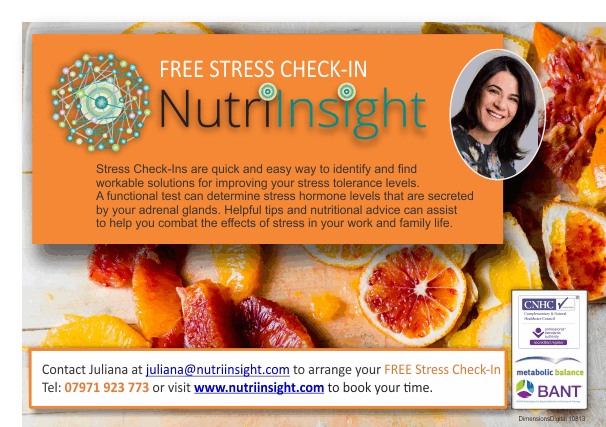The Rainbow Challenge
Do you want to add more nutrients to your and your child's diet and have fun at the same time?
The ‘Rainbow Challenge’ is a super enjoyable way to involve children in learning about food and nutrients. Here are the easy steps:
(1) Assign a colour to a certain day, e.g. Monday is blue or purple;
(2) Ask your child to pick a vegetable or fruit to match the day’s colour (e.g. beets, purple cabbage, blueberries, plums, grapes etc).
(3) Then make the chosen produce the star in that night’s dinner.
(4) Different kids can choose different colours to match different days of the week.
The game is fun, encourages healthy eating and furthermore children and parents can expand their palates by picking more exotic items, such as purple passion fruit, green papayas or dragon fruit.
Why do I always go on about eating a rainbow?
As simple as the catchphrase is, it hides some of the science behind why a variation of fruits and vegetables can be both pleasing to the eye and good for your health.
The Power of Nutrients
Vitamins and minerals are important for optimum brain function, metabolism, growth and repair.
Because plants can’t move they’ve had to evolve in a whole other way to escape threats to their wellbeing. They have to respond in a certain way to their environment – the chemical concentrations in the air and soil, water, touch, vibrations, pathogens, predators and light. How do they do that? They respond biochemically!
Example: What do humans do if they get too hot? We move to the shade. What do plants do if they get to hot? They’re stuck in the sun. So they need different behavior. The heat actually triggers a stress response in the plant and a whole chemical cascade of protective substance production follow.
When WE eat these plants the phytochemicals in them induce a similarly protective response in us.
Another example: The best grapes (in terms of health benefits) are grown in dry, infertile soil in hot climates, which means the stressed plants produce more phytochemicals and antioxidants. That is why stressed plants (like these grapes) are often the healthiest and most flavourful.
That’s why it’s important to eat wild, organic plants if possible because the more stressed the plant, the more antioxidants it will be able to provide us.
Heritage or heirloom varieties also have more phytochemicals.
Another important fact is that vegetables are more important than fruit in our diet. We should really be saying “veg and fruit” instead of the often used “fruit and veg”!
Certain colours of food indicate an abundance of specific nutrients:
Yellow and orange fruits and vegetables (citrus fruits, carrots and the magic kiwi) are abundant in vitamins C and A. Vitamin C is so important in our children’s wellbeing, behaviour and cognitive performance.
Dark Green leafy vegetables (kale, spinach, asparagus,) are high in vitamins K, B, and E. All of these are important for our physical and mental development.
Purple produce on the other hand (eggplant, red cabbage) are high in vitamins C and K.
That's the root of "eating the rainbow" - add a variety of colourful produce to your diet to get lots of vitamins and minerals without putting in too much effort beyond selecting a bunch of colours.


















